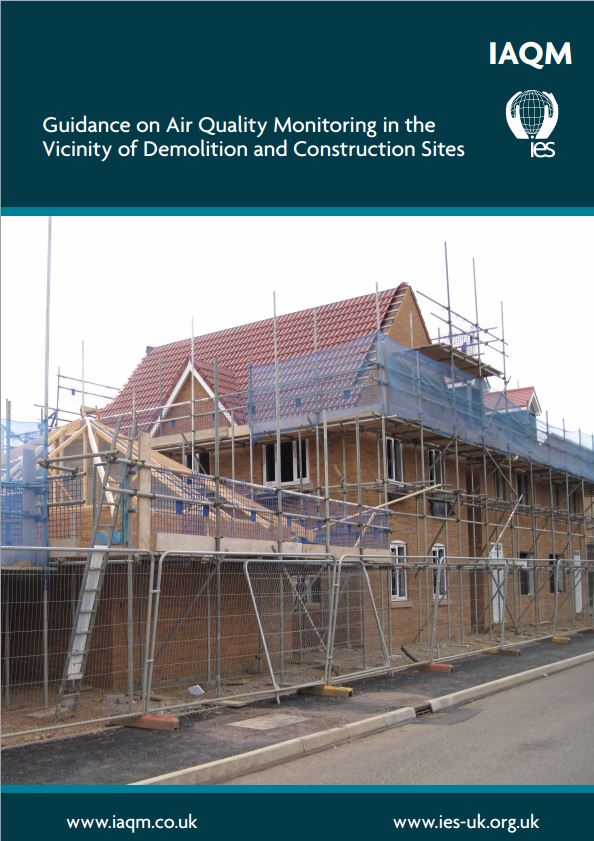Click on the report image to access the full report
NRMM - A Practical Guide
This document contains guidance on the processes and procedures that should be in place on all relevant development sites, including the recommended practices, documentation, considerations and planning conditions.
Engineering Cleaner Air report
A report by the Institute of Civil Engineers into engineering solutions to London’s air pollution.
No Time to Lose - Institute of Occupational Safety and Health
IOSH’s No Time to Lose campaign aims to get carcinogenic exposure issues more widely understood and help businesses take action.
The control of dust and emissions during construction and demolition - Supplementary Planning Guidance
Greater London Authority (2014)
In 2014 the Greater London Authority released a new supplementary planning guidance (SPG), this replaced the earlier Best Practice Guidance published in 2006 and incorporates more detailed guidance and control measures as well as introducing a chapter on cleaner machinary for London and the announcement of a low emission zone for non-road mobile machinery. There are several other useful documents that give guidance on assessing risk and reducing emissions and dust during construction and demolition.
This Supplementary Planning Guidance (SPG) seeks to reduce emissions of dust, PM10 and PM2.5 from construction and demolition activities in London. It also aims to manage emissions of nitrogen oxides (NOx) from construction and demolition machinery by means of a new non-road mobile machinery ultra low emissions zone (ULEZ).
Guidance on the assessment of dust from demolition and construction
Insititute of Air Quality Management (2014)
 This document is designed to provide guidance for developers, their consultants and environmental health practitioners on how to undertake a construction impact assessment (including demolition and earthworks as appropriate). The construction impact assessment may be a standalone document (possibly including other environmental impacts such as noise) or incorporated into an Air Quality Assessment or EIA.
This document is designed to provide guidance for developers, their consultants and environmental health practitioners on how to undertake a construction impact assessment (including demolition and earthworks as appropriate). The construction impact assessment may be a standalone document (possibly including other environmental impacts such as noise) or incorporated into an Air Quality Assessment or EIA.
Guidance on Air Quality Monitoring in the Vicinity of Demolition and Construction Sites
Insititute of Air Quality Management (2012)
Constructing buildings, roads and other infrastructure can have a substantial, temporary impact on local air quality. The most common impacts are increased particulate matter (PM) concentrations and dust soiling. Depending on the risk of dust effects occurring, monitoring may need to be carried out during both demolition and construction activities to ensure that the applied mitigation measures are effective in controlling dust emissions, and that there are no significant impacts on the surrounding environment.

